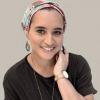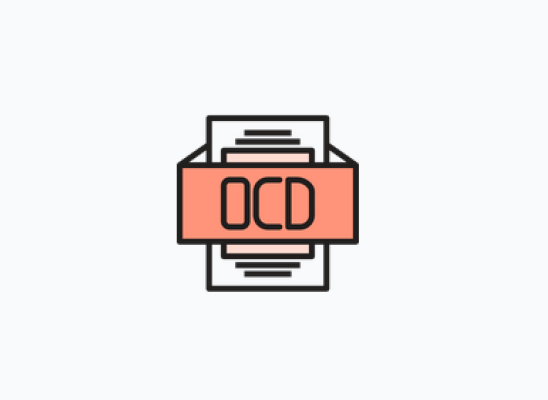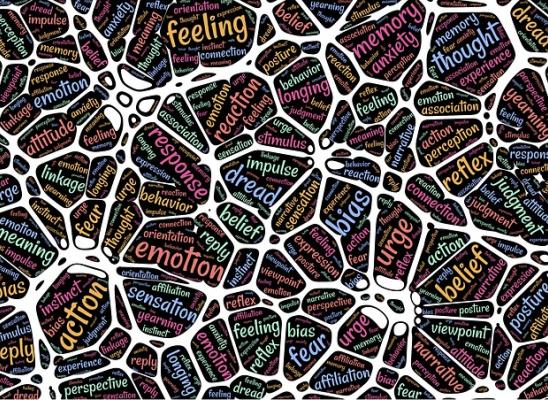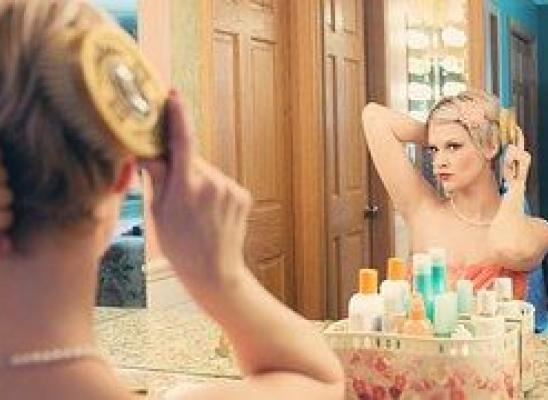Trichotillomania and Body Dysmorphic Disorder

Online test
Find out the severity of your symptoms with this free online test
Trichotillomania, also known as Compulsive Hair Pulling disorder, was only first recognized as a clinical disorder by the American Psychiatric Association (APA) in 1987 when it was included in Diagnostic and Statistical Manual (DSM-III Revised edition). Since then the diagnostic criteria for trichotillomania has been revised to the current version found in the DSM-5. The DSM-5 characterizes trichotillomania by recurrent repetitive behaviour (hair pulling) and repeated attempts to decrease or stop the behaviour. The behaviour can occur during both relaxed and stressful times, but there is often a mounting sense of tension before hair pulling occurs or when attempts are made to resist the behaviour. Trichotillomania is categorized under obsessive-compulsive and related disorders (OCRD) and the criteria for diagnosis are as follows:
- Recurrent hair pulling or plucking resulting in visible hair loss
- Repeated attempts to decrease or stop hair pulling
- The hair pulling causes clinically significant distress or impairment in social, occupation, or other important areas of functioning
- The hair pulling is not attributable to the psychological effects of a substance (e.g., cocaine) or another medical condition (e.g., scabies)
- The hair pulling is not better explained by symptoms of another mental disorder (e.g., delusions or tactile hallucinations in a psychotic disorder, attempts to improve a perceived defect or flaw in appearance in body-dysmorphic disorder, stereotypes in stereotypic movement disorder, or intention to harm oneself in non-suicidal self-injury)
In point 5, the DSM5 specifically identifies compulsive hair pulling disorder as separate to a condition called Body Dysmorphic Disorder (BDD). This is because of the striking similarities between the two, with questions raised in the past as to whether these two conditions are in fact one and the same. So what then is BDD?
What is Body Dysmorphic Disorder (BDD)?
According to The Merck Manual Online Medical Library, "People with body dysmorphic disorder believe they have a flaw or defect in their physical appearance that in reality is nonexistent or slight. The disorder usually begins during adolescence“. Since the addition of skin picking disorder in the DSM5, the criteria for BDD has remained largely unchanged from the DSM-IV. In body dysmorphic disorder, any part of the body, or even the body as a whole can be the target of these perceived flaws. People with BDD are also characteristically preoccupied with thoughts about these perceived flaws and with the need to correct them in pursuit of physical perfection. For some this may be a preoccupation with thinning hair, weight, physical features such as the size of the nose, ears or shape of the eyes, as well as the condition of the skin. These preoccupations and corresponding desire for perfection lead to repetitive behaviours that are aimed at correcting the perceived flaws. In the case of people with BDD where the disorder is centered around the appearance or condition of the hair, pulling behaviour may occur. In these cases the behaviours in someone with BDD and someone with trichotillomania could present very similarly.
Is Trichotillomania a BDD?
As identified in the DSM5, compulsive hair pulling disorder has specifically been defined as a disorder separate to BDD. Some of the main similarities between trichotillomania and BDD are characterized by the repetitive and compulsive nature of the resulting behaviour and the social withdrawal that often develops over time:
- Compulsive mirror checking and hair twirling:
This behaviour occu rs in both BDD and trichotillomania with individuals having the need to constantly check the condition of the hair. However, in BDD the reason is usually an obsession with a perceived flaw where the person is preoccupied with the idea of the flaw, for e.g thinking that their are split ends that need to be removed. However with hair pulling disorder the individual usually feels or twirls the hair for the sensory experience of doing so and the intention of pulling at the hair for the pleasurable feedback received from the action, and not necessarily to remove a perceived imperfect hair strand.
rs in both BDD and trichotillomania with individuals having the need to constantly check the condition of the hair. However, in BDD the reason is usually an obsession with a perceived flaw where the person is preoccupied with the idea of the flaw, for e.g thinking that their are split ends that need to be removed. However with hair pulling disorder the individual usually feels or twirls the hair for the sensory experience of doing so and the intention of pulling at the hair for the pleasurable feedback received from the action, and not necessarily to remove a perceived imperfect hair strand.
- Repetitive pulling, twirling or breaking of the hair strands:
Repetitive playing, pulling and fiddling with the hair strands inevitably leads to pulling, twirling or breaking of the hair follicles in both conditions. However, BDD is not isolated to the hair, with people with BDD often having preoccupations with other parts of the body as well. In addition, with removal of the perceived imperfection being the primary goal, body-on-body repetitive behaviours are not the only methods the person employs to remove the imperfection, often opting for cosmetic procedures such as laser treatments or even surgery. Compulsive hair pulling on the other hand is always characterised by body-on-body activity such as the use of fingers, nails or tools such as tweezers. The primary goal for pulling is also different to BDD in that the individual seeks out the feelings associated with pulling rather than the visual consequence.
So although the two disorders share a resemblance, there are also clear differences in why the behaviours occur. It is also possible that trichotillomania may start out as BDD, but when a release from stress or tension is experienced when pulling at the hair, the person may seek out this feeling more and more over time, therefore resulting in the BDD developing into trichotillomania.
Online test
Find out the severity of your symptoms with this free online test
Start your journey with TrichStop
Take control of your life and find freedom from hair pulling through professional therapy and evidence-based behavioral techniques.
Start Now



